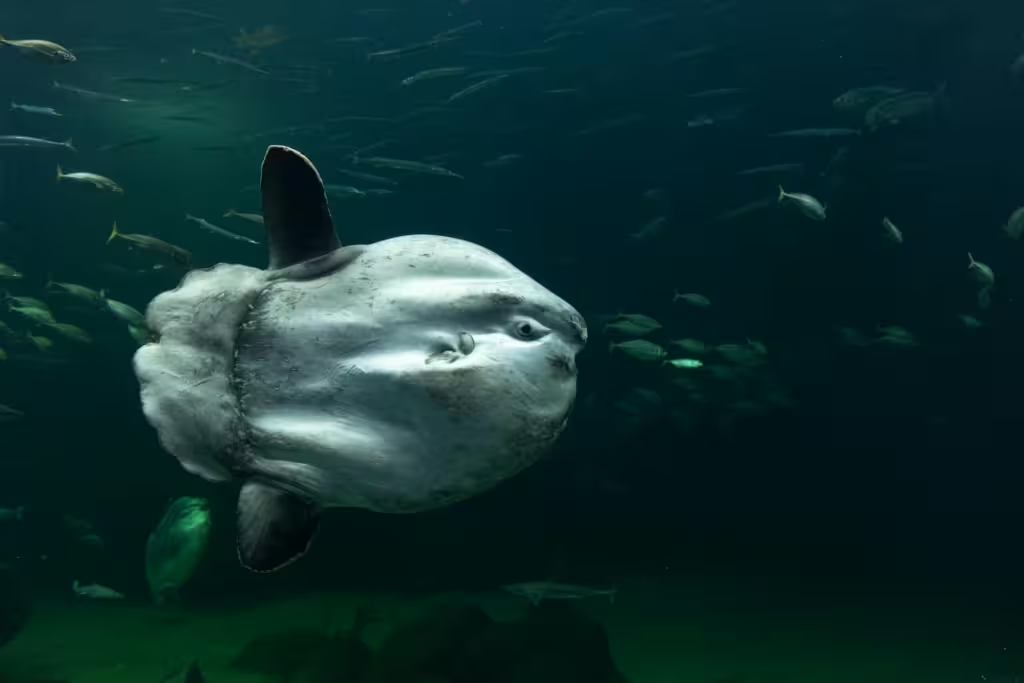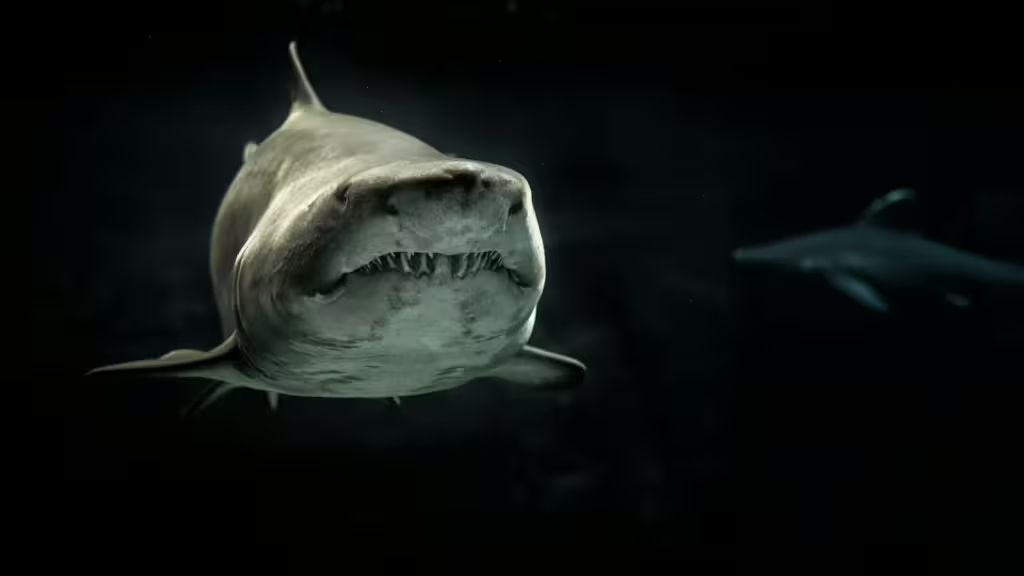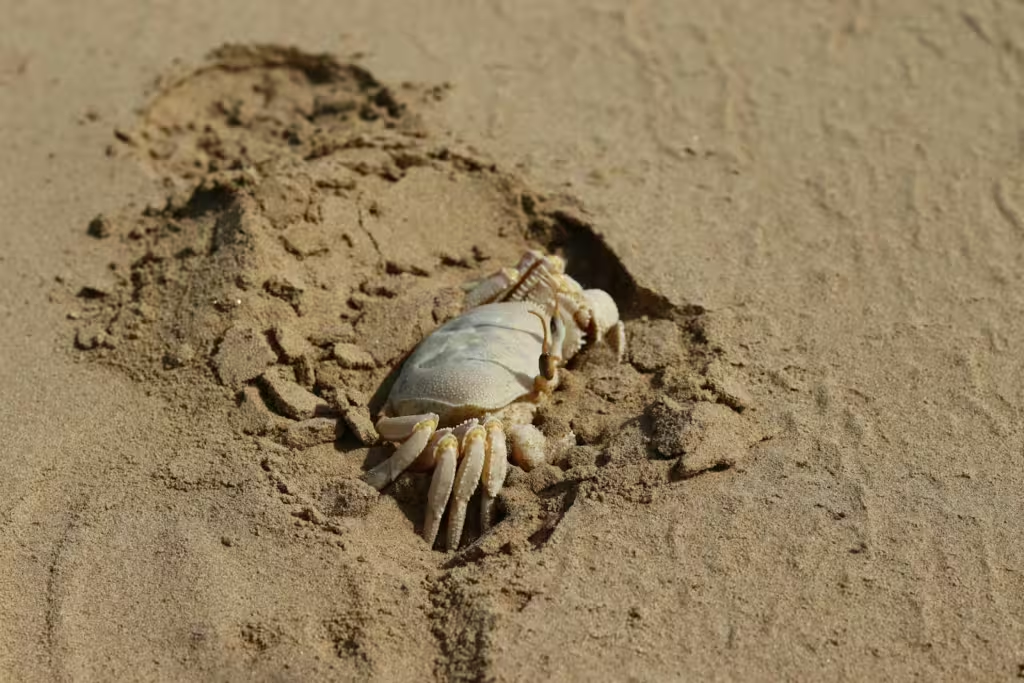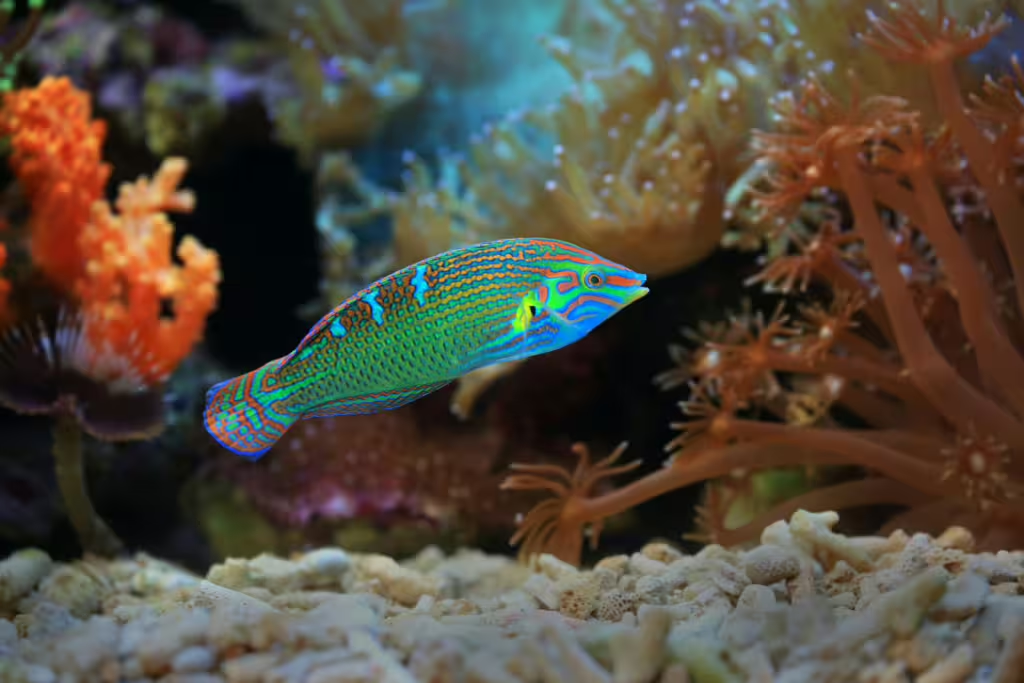Staring out at the vast, open ocean, it’s easy to believe that there is much that goes on beneath the waves that we just don’t know about. Despite our many centuries on this planet and the amazing strides we have made in space exploration, the ocean itself remains an enduring enigma of sorts. This expansive, mysterious realm teems with beauty, wonder, and some of evolution’s most astonishing creature adaptations; many of which are unknown to the bulk of our readers.
Certainly, nature and animal enthusiasts the world over know about the majestic whales, powerful sharks, and playful dolphins that often steal the spotlight, but few are aware of the countless lesser-known marine creatures lurking further down the pelagic zones. These marine animals have evolved incredible adaptations that allow them to thrive in some of Earth’s most extreme and unforgiving environments. Some of them can withstand the crushing pressures of the deep sea, while others, though small, are able to survive in icy polar waters or the pitch-black abysses miles beneath the surface.
We mention these awe-inspiring creatures because, like the aforementioned whales and sharks, these animals have developed extraordinary survival strategies that are both surprising and thought-provoking all at once. Whether through bioluminescence or via transparent bodies, antifreeze-like proteins, or bizarre body shapes that help them conserve energy or camouflage, these animals are worth of further exploration. Additionally, these traits more than just fascinating oddities of nature; they help these marine creatures to play crucial roles in the food web and overall balance of marine ecosystems.
In this article, we will take a very deep dive into the lives of some of the most unusual and uniquely adapted fish and marine animals from around the globe. Each one of these remarkable critters has a story that reveals not only how life can flourish under extreme conditions but also how interconnected and finely tuned our oceans truly are. So, affix your oxygen and put on your flippers as we take a closer look at these marine marvels.
Yeti Crab (Kiwa hirsuta)
Our first stop on this mysterious marine tour takes us to the deepest part of the Pacific Ocean, where massive hydrothermal vents belch poisonous volcanic chemicals into the water. At some point, those chemicals will become a part of the ocean’s composition, but here, in these dark, volcanic places, the toxins surround us. We’ve been to this part of the ocean before and seen the amazing animals that can survive near these toxic areas, and one such animal is the remarkable yeti crab.
This fuzzy-looking crustacean kind of looks like a crab wearing a fur coat, but those silky, hair-like structures (setae) are a vital part of how the crab survives in this area. host symbiotic bacteria. Those bacteria are what enables the crab to survive in such toxic waters, because they help detoxify the poisonous chemicals emitted from the vents. This gives the crab a significant survival edge in this extreme environment, where few other creatures can compete.
Nature does not make mistakes and the yeti crab is a clear indication of this. More than just a biological oddity, the yeti crab plays a key role in deep-sea ecosystems. By cultivating that bacteria on its claws and filtering toxic substances, the crab not only ensures its survival, it contributes to nutrient cycling and provides a food source for other organisms.
Pinecone Fish (Monocentris japonica)
No, the pinecone fish is not some sort of plant/animal hybrid…though we’re waiting to report that type of anomaly as soon as it is discovered! This deep-dwelling fish is so-named due to the tough, armored scales that make it resemble a pinecone. Of course, this isn’t the only amazing thing about the pinecone fish. What truly sets it apart from other unusually-shaped animals is its use of bioluminescent bacteria. That bacteria is housed in special organs near the pinecone fish’s jaw and it is these light-producing organs that enable the fish to navigate and hunt in the dark ocean waters it calls home.
As with so many of the species on this list, the pinecone fish’s bacteria cheek adaptation is not just about survival—it is a vital piece of supporting nocturnal food web. The pinecone fish preys on zooplankton and smaller fish and can more easily avoid predators thanks to its portable flash light face. Scientists believe that the light it emits may also play a role in communication and schooling, revealing how light-based adaptations can even impact social structures and dynamics.

Ocean Sunfish (Mola mola)
Of all the fish on this list, we’re willing to bet at least a few of you have heard of the Mola Mola or Ocean Sunfish. This unusual animal is relatively well-known and yet it remains one of the most bizarre fish in terms of anatomy. With a flat, disk-like body and the heaviest bony body of any fish, the sunfish drifts through the ocean like a hungry, jellyfish-munching, piece of detritus.
Despite their awkward appearance and ungainly means of locomotion, sunfish are actually crucial in their role as jellyfish regulators. This specialized diet helps them control jellyfish blooms, which can otherwise overtake ecosystems and disrupt entire fish populations. Indeed, by keeping jellyfish numbers in check, sunfish indirectly support more balanced food webs throughout the ocean. as well as maintaining healthy plankton populations.
Tripod Fish (Bathypterois grallator)
Inhabiting the deep-sea floor, tripod fish are pretty aptly-named. These unique marine animals possess three long, bony fins which they use to “stand” upright in the sediment. While standing, they position themselves facing into currents, waiting patiently to trap small prey that might come drifting by.
In many ways, the tripod fish exemplifies the importance of energy conservation in deep-sea life. Rather than chase prey about, using up vital energy that it may, ultimately, not replenish, the tripod uses minimal energy while still functioning as a passive predator. Its mere presence helps regulate populations of small crustaceans and zooplankton in the benthic zone. Indeed, like so many other ocean critters, the role the tripod fish plays is often overlooked, though that role is vital in terms of nutrient cycling.
Barreleye Fish (Macropinna microstoma)
Lock eyes with a barreleye fish and you might find yourself taken aback for a moment. This fish is famous for its transparent head and the upward-facing tubular eyes it possesses. Those eyes can rotate to track prey, an that adaptation allows the fish to see faint silhouettes above them. This simple, yet not exactly elegant evolutionary trait is crucial for the barelleye’s survival in the dark midwaters where it dwells. As a mid-level predator, the barreleye fish helps to maintain balance in the mesopelagic zone, feeding on plankton and different types of jellyfish. Their ocular prowess also helps them to keep an eye out for larger predators, and avoid them if they can.
Sarcastic Fringehead (Neoclinus blanchardi)
Don’t be fooled by this name, this small fish is not exactly a barrel of laughs. In fact, it is actually fiercely territorial and can be found causing a ruckus off the Pacific coast. In addition to their cantankerous bearing, the sarcastic fringehead has an astonishing ability to open its mouth into a huge, gaping display that can scare rivals as well as predators. This aggressive behavior and mouthy display not only gets the fish its name, it helps it defend its territory. Fringeheads like to dwell in crevices and abandoned shells, locales which also happen to be vital nesting and hiding spots for many other species as well. Despite the competition they create, their presence supports microhabitat dynamics.
Goblin Shark (Mitsukurina owstoni)
Ugly though they might be to some, this rare deep-sea species of shark is one of the most remarkable bits of underwater evolution that we know of today. Those who have seen images of goblin shark know how it got the name, but it isn’t all about the nose. In fact, the protruding jaws of the goblin shark are the most remarkable of its evolutionary traits. These jaws can actually extend dramatically in order snatch prey with lightning speed. In addition, the shark’s soft body and flabby muscles allow it to blend into deep, slow-moving waters.
Over the years, many learned individuals have dubbed the goblin shark a “living fossil” because it fills a unique niche as a deep-sea scavenger and predator. Within its ecosystem, this shark helps remove weak or dying prey from the seafloor, contributing to the ocean’s “clean-up crew.”
Sea Devil Anglerfish (Melanocetus johnsonii)
Those who have seen Disney’s Finding Nemo as a child might have lingering nightmare about the grotesque visage of the anglerfish. With its haunting lure and grotesque features, the sea devil anglerfish is an excellent example of several deep-sea adaptations all mixed into one gruesome critter. These small. but ferocious-looking fish use bioluminescent appendages on their heads to attract prey in the complete darkness of the undersea abyss.
In addition to its bioluminescence and lure behavior, the sea devil anglerfish displays extreme sexual dimorphism, wherein males fuse to the female’s body to become permanent mates. As far as their ecological roles, these predatory fish are essential in deep ocean ecosystems, as they help control bioluminescent prey populations such as lanternfish.

Snipe Eel (Nemichthys scolopaceus)
Snipe eels are slender, ribbon-like fish with incredibly long jaws that curve outward. This unique jaw and body structure allows them to sweep and trap small crustaceans and larvae from within the water column. Think of it like a gross, undersea pelican snake. That help? In any case, snipe eels inhabit deep waters and are part of the vertical migration cycle; this means that they swimming to shallower depths at night and returning during the day. This behavior is crucial to the ecosystem as it supports nutrient transfer between ocean layers.
Fangtooth Fish (Anoplogaster cornuta)
Despite its small size, the fangtooth fish has some of the largest teeth relative to its head in the marine world. The tiny fangtooth lives in dark, cold depths of the ocean but that doesn’t mean it can’t handle itself. Indeed, with teeth that big, these little buggers are all-but-built for ambushing and chomping down on prey. They do this using a sort of pressure-sense, which helps them in a place where light and eyesight is severely limited. The fangtooth is a mid-level predator and its role is to help regulate populations of smaller fish and invertebrates, preventing overgrazing and ensuring energy flows efficiently through the deep-sea ecosystem.
Leafy Seadragon (Phycodurus eques)
Though not a true dragon (sorry Game of Thrones fans) the leafy seadragon is no less beautiful and remarkable. Closely related to seahorses, this delicate leaf-like fish possesses appendages that provide unparalleled camouflage among the kelp and seagrasses of its southern Australia home. Like most seahorses, these animals are slow-moving and can hide quite well as a result; almost looking exactly like flowing seaweed. They feed on tiny crustaceans, acting as both predator and prey in shallow marine habitats. Their role in balancing small invertebrate populations makes them essential to the health of seagrass beds, which are important nurseries for many other marine species.

True Investigator Says…
As you can see, these animals might not be as famous as whales or as feared as great white sharks, but that doesn’t mean they aren’t amazing in their own right! Moreover, these lesser-known marine creatures are vital to the function of ocean ecosystems. Their unique adaptations—from glowing bellies to telescoping jaws—aren’t just quirks of evolution, but precision tools that help them to balance food chains, recycle nutrients, and adapt to some of the most extreme environmental conditions that we know about. There is still much for us to learn, of course, about these animals and the ocean they call home. Yet, finding out this information is essential. Only by understanding and protecting these fascinating species can we maintain an ecological balance and learn more about our own place in the grand scheme of the universe.
As ocean habitats face increasing threats from climate change, pollution, and overfishing, it’s more important than ever to shine a light on these hidden marvels.
Discover more from TrueInvestigator
Subscribe to get the latest posts sent to your email.


